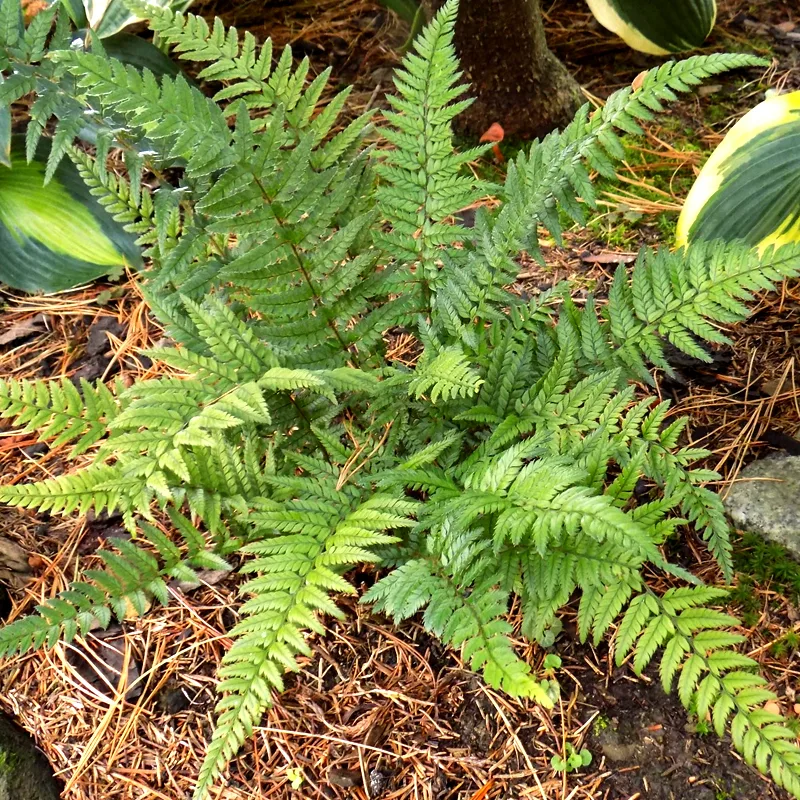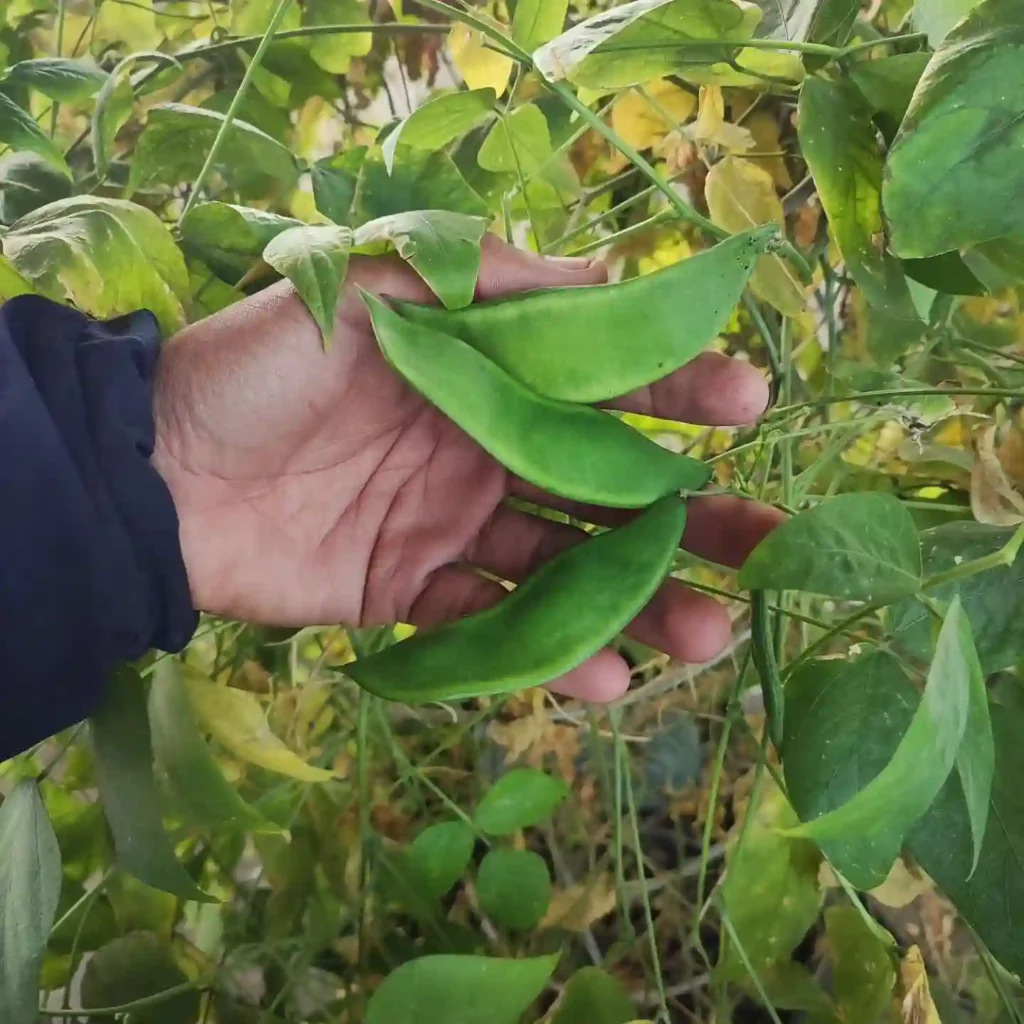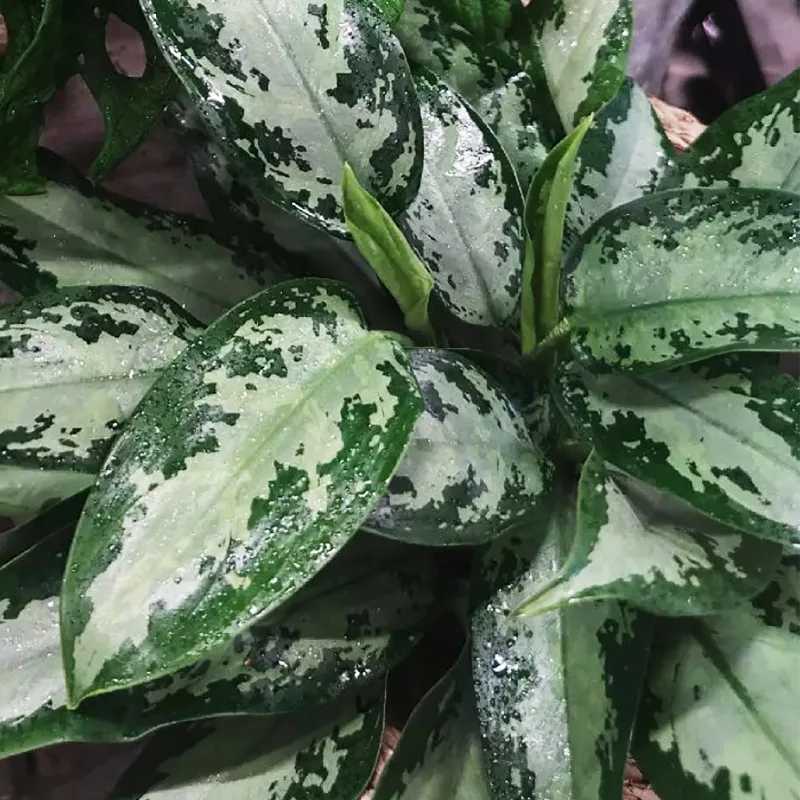Anthurium Portillae: Unveiling the Allure of This Enchanting Plant
I’m Ferb Vu, and for plant enthusiasts like myself, the Anthurium Portillae holds a special place. This captivating aroid boasts not only stunning foliage but also a unique story and specific care requirements. If you’re curious about bringing this beauty into your home, then this FAQ is for you!
1327 Species in Genus Anthurium
What is Anthurium Portillae?
Anthurium Portillae is a mesmerizing aroid, believed to be a natural hybrid of Anthurium Subsignatum and Papillilaminum. Discovered in Indonesia, it’s known for its deeply lobed, velvety leaves that resemble – you guessed it – Doritos. Hence, the popular nickname “Anthurium Portillae ‘Dorito’.” This prized possession among collectors is coveted for its captivating texture and unusual form.
Is Anthurium Portillae easy to care for?
Anthurium Portillae can be a relatively easygoing companion, but it thrives under specific conditions. It prefers bright, indirect light – think dappled sunlight filtering through a sheer curtain. Harsh, direct sun can scorch the delicate leaves.
Next comes moisture. Imagine a rainforest floor – consistently damp but not soggy. Mimic this by keeping the potting mix evenly moist, allowing the top inch to dry slightly between waterings. Err on the side of underwatering, as overwatering can lead to root rot.
Humidity is another key factor. Anthurium Portillae flourishes in environments with 70-85% humidity. If your home is drier, consider using a humidifier, grouping plants together, or placing your Portillae on a pebble tray filled with water.
Finally, temperature matters. Aim for a comfortable range of 68°F-86°F (20°C-30°C). Avoid sudden temperature fluctuations, especially cold drafts.
With these conditions met, your Anthurium Portillae should reward you with steady growth and those captivating, velvety leaves.
How does Anthurium Portillae compare to other Anthurium varieties?
While all Anthuriums share a love for humidity and bright, indirect light, there are some key differences to consider. Here’s a quick comparison with two popular varieties:
- Anthurium Crystallinum: This beauty boasts large, heart-shaped leaves with a distinctive, veined texture. Unlike Portillae, Crystallinum prefers slightly drier conditions and might not tolerate consistently moist soil as well.
- Anthurium Queen of Spades: This stunning variety features dark, almost black, spade-shaped leaves. Similar to Portillae, it enjoys consistent moisture but thrives in slightly higher humidity levels (around 80%).
Understanding these variations will help you tailor your care routine to each specific Anthurium.
How do I propagate Anthurium Portillae?
Propagating Anthurium Portillae can be a rewarding experience. The most common method involves stem cuttings. Here’s a simplified approach:
- Identify a healthy stem with at least one node (the bump where a leaf meets the stem).
- Using sterilized shears, make a clean cut just below the node.
- Pot the cutting in a well-draining aroid mix, ensuring the node is positioned above the soil.
- Maintain consistent moisture and high humidity around the cutting.
Patience is key! It can take several weeks for roots to establish, and new growth might take even longer.
Where can I buy Anthurium Portillae?
Due to its rarity and captivating features, Anthurium Portillae can be a prized possession. Search online retailers specializing in rare aroids or visit local plant shops catering to collectors. Be prepared for a higher price tag compared to more common Anthurium varieties.
Remember: When buying online, prioritize reputable vendors with established track records.
Final Thoughts on Anthurium Portillae
The captivating Anthurium Portillae offers a unique combination of beauty and intrigue. With proper care and a little patience, you can cultivate this remarkable plant and witness its mesmerizing foliage unfurl. So, are you ready to welcome this captivating aroid into your home?
If i die, water my plants!



